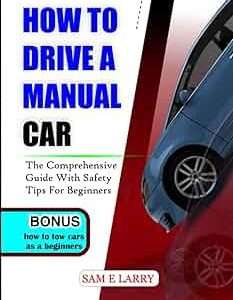Understanding Transmission Fluid Levels
Maintaining the correct transmission fluid level is crucial for your car’s performance. Too much or too little fluid can cause serious problems. It’s a delicate balance. This article will guide you through the potential issues and solutions.
Important Tip: Always check your car’s manual for the specific type of transmission fluid recommended for your vehicle. Using the wrong fluid can damage your transmission.
Symptoms of Overfilled Transmission Fluid
How do you know if you’ve added too much transmission fluid? Several symptoms can indicate an overfilled transmission. Be aware of these signs.
- Difficulty shifting gears. This is a common symptom.
- Slipping gears. The car might feel like it’s losing power.
- Overheating. Excess fluid can cause the transmission to overheat.
- Foaming transmission fluid. This can be visible on the dipstick.
- Leaks. The excess pressure can force fluid out of seals.
Ignoring these symptoms can lead to costly repairs. Address the issue promptly.
Dangers of Overfilling
Overfilling your transmission isn’t just a minor inconvenience. It can lead to significant damage. The consequences can be severe.
When the transmission fluid level is too high, the rotating parts of the transmission churn the fluid, creating air bubbles. This process is called aeration. Aerated fluid doesn’t lubricate properly. This can lead to increased friction and heat. Ultimately, this can damage the transmission’s internal components.
Did you know? An overfilled transmission can cause the fluid to foam, reducing its ability to lubricate and cool the transmission effectively. This can lead to premature wear and tear.
How to Correct an Overfilled Transmission
If you suspect you’ve overfilled your transmission, don’t panic. There are ways to correct the problem. Here’s what you can do.
- Locate the drain plug: Find the transmission drain plug, usually located on the bottom of the transmission pan.
- Prepare a container: Place a container underneath the drain plug to catch the excess fluid.
- Loosen the drain plug: Carefully loosen the drain plug. Don’t remove it completely at first.
- Drain the excess fluid: Allow a small amount of fluid to drain out. Check the fluid level with the dipstick periodically.
- Tighten the drain plug: Once the fluid level is correct, tighten the drain plug to the manufacturer’s specifications.
If you’re not comfortable performing this task yourself, consult a qualified mechanic. They can safely and accurately adjust the fluid level.




